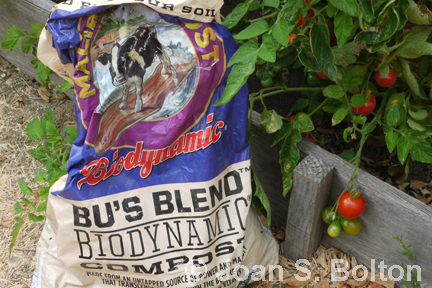
Should you amend the soil in your garden?
Some folks say not to alter your soil in any way. If a new plant doesn’t like your conditions, don’t bother planting it.
Others contend that most of us garden in neighborhoods where construction has stripped the topsoil or compacted or damaged it. There’s little in the way of virgin soil, or what is there needs help.
I fall somewhere in the middle. While I don’t believe you should blindly “improve” your soil, there are times and places where amendment is appropriate.
When to Amend
For a new landscape or wholesale renovation, including ripping up the soil to install drainage and irrigation lines, it makes sense to do what you can to ensure your soil ends up in tip-top condition prior to planting.
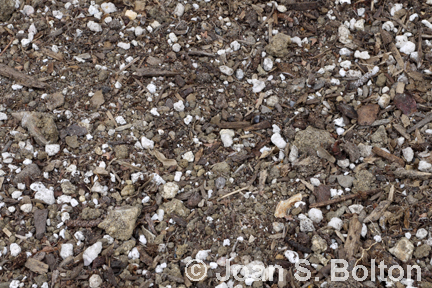
Amendments are important, too, for vegetable gardens, which require especially fertile soil, and specialty gardens with certain needs. Succulents and native plants, for example, often insist on excellent drainage.
In those cases, you’re amending an area prior to installing a number of plants.
But if you are planting single plants, do not fill their individual holes with amendment and leave the adjacent soil untouched. The plants’ roots will be inclined to circle round and round the nice, soft amendment, rather than spread out into the outlying, native soil.
Organic Amendments
Organic amendments release nutrients, encourage beneficial soil microorganisms to flourish and improve the tilth of the soil.
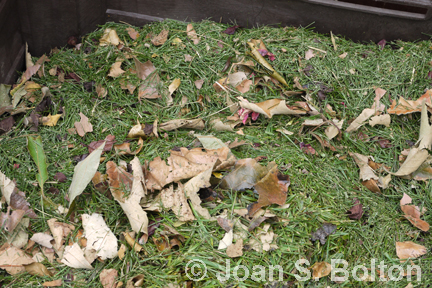
Compost is the mostly widely available organic amendment. There’s no one type. Instead, the word “compost” refers to any organic material that’s in some stage of decomposition. That may be yard waste, forest products, mushrooms, earthworm castings, manure from chickens, cows or horses, and even sewage sludge.
Manufacturers often blend together a witch’s brew of ingredients, with the latest trend being the addition of beneficial bacteria, humic acid and micronutrients.
For instance, Bu’s Blend Biodynamic Compost contains dairy cow manure, straw, vineyard wood chips and biodynamic concentrations of yarrow, chamomile, valerian, stinging nettle, dandelion and oak bark; while Gardner & Bloome’s Soil Building Compost includes chicken manure, bat guano and kelp meal.
Manufacturers sometimes use the word “humus.” Dr. Earth’s Organic Planting Mix contains screened forest humus, fir bark fines, Canadian sphagnum peat moss, worm castings, chicken manure, bat guano, kelp meal and seaweed extract.
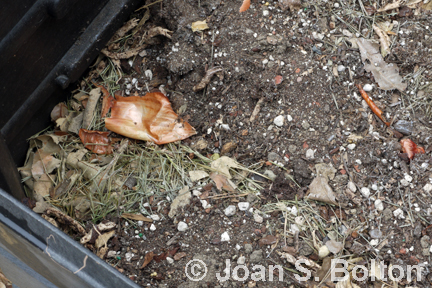
At home, source materials for compost may be kitchen scraps of fruits, vegetables and coffee grinds, and leaves, lawn clippings and yard trimmings.
Regardless of the formulation, the finer and more crumbly the compost, the faster it breaks down.
That’s not a problem. But it does mean that the fine-textured stuff is best suited for vegetable gardens or annual flower beds, where you can expect to turn over the soil once or twice a year and work in more compost each time.
Partially composted materials, such as ground bark, coarse wood fibers and sawdust, break down more slowly. However, they provide a physical benefit in heavy clay: their rough, irregular surfaces push apart the sticky soil particles, which allows for better passage of oxygen and water and improves drainage.
Other single-ingredient organic amendments include leaf mold, peat moss and manure.
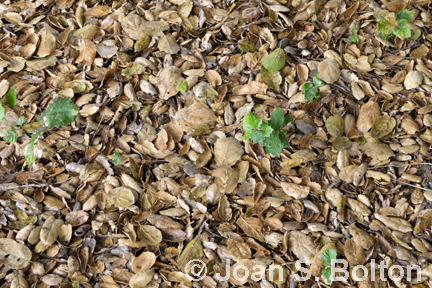
Leaf mold is similar to compost: it’s the fine, nearly pulverized stuff at the bottom of an old leaf pile. Oak leaf mold, the result of not disturbing our native coast live oaks as they shed their leaves, pollen and detritus, is a fabulous amendment. If you’re lucky enough to have your own coast live oak, lightly rake away the top layer of leaves, then harvest the loose, luscious (and sneeze-inducing) material beneath.
Leaf mold is acidic, and is a perfect match for acid-loving plants, such as blueberries, camellias and azaleas.
Peat moss is acidic as well. It is the remains of decomposed moss, and generally harvested in bogs in Canada. it improves soil structure and enhances the flow of water and oxygen.
But it’s accompanied by controversy. Peat bogs take thousands of years to develop, and their depletion threatens wildlife, increases risks of flooding and releases considerable carbon dioxide, which contributes to climate change.
Fresh manure — produced by chickens, cows and horses — may be abundant, depending on where you live. It’s also inexpensive and high in nitrogen. However, it attracts flies, and its high salt content can burn or kill your plants.
Whether you buy manure or shovel your own, make sure it has aged at least three to six months. Even still, sniff it before you use it. If it smells like ammonia, turn it and wait another few weeks.
When you do amend with manure, be sure to work it fully into the soil, rather than layering it on top. Depending on what the animals ate, the manure may be full of weed seeds, which are more likely to sprout if they’re exposed to warmth and sunlight right at the surface.
Inorganic Amendments
It may come as a surprise that adding nutrients is not always the goal when amending soil. For instance, few succulents and native plants like rich soil. But many love sharp drainage.
For that, turn to inorganic amendments that lighten the soil and speed drainage.
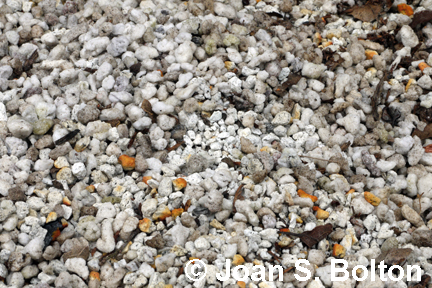
Perlite is a lightweight material made from volcanic glass. It’s the white, almost Styrofoam-like stuff often used in potting mixes. If you’re amending a large area, consider buying a 40-pound bag from a feed store, where it will be marketed as Dry Stall horse bedding.
I recently used it to set up a new succulent garden. Because the area was mostly sticky clay, I created a mound, then mixed in perlite to aerate the soil.
Vermiculite looks similar, but is a mineral. It helps with drainage. What’s interesting is that it can absorb up to three to four times its volume in water, and is said to then attract nutrients by remaining wet.
Gypsum has been used to break up clay soil for thousands of years, dating back to the Greeks and Romans. It is a soft mineral, and works by aggregating small clay soil particles into chunky pieces, which creates larger gaps for roots, water and air to move through the soil.
≈
Fixing Problem Soils
The upside of sandy soil is that drainage is terrific. The downside is that water rushes through, washing out nutrients along the way.
The upside of clay soil is that nutrients tend to stay put. The downside is that water bogs down, potentially suffocating the roots of plants.
While sand and clay pose opposite problems, the solution for both is compost.
Mix compost with sandy soil, and you’ll create a giant sponge that retains water longer.
Mix compost with clay soil, and you’ll create passageways for roots, air and water to travel.
If you have that magical blend of soil called loam, which presents the perfect balance of sand and clay, gloat, relax and enjoy your garden.
≈
Seeds of Wisdom
Soil amendments alter the physical structure of the soil, enhance air flow around roots and provide nutrients to help plants prosper.
≈
Copyright, Joan S. Bolton. All rights reserved. Reproduction of text or photos in any form is prohibited without written permission.
≈
